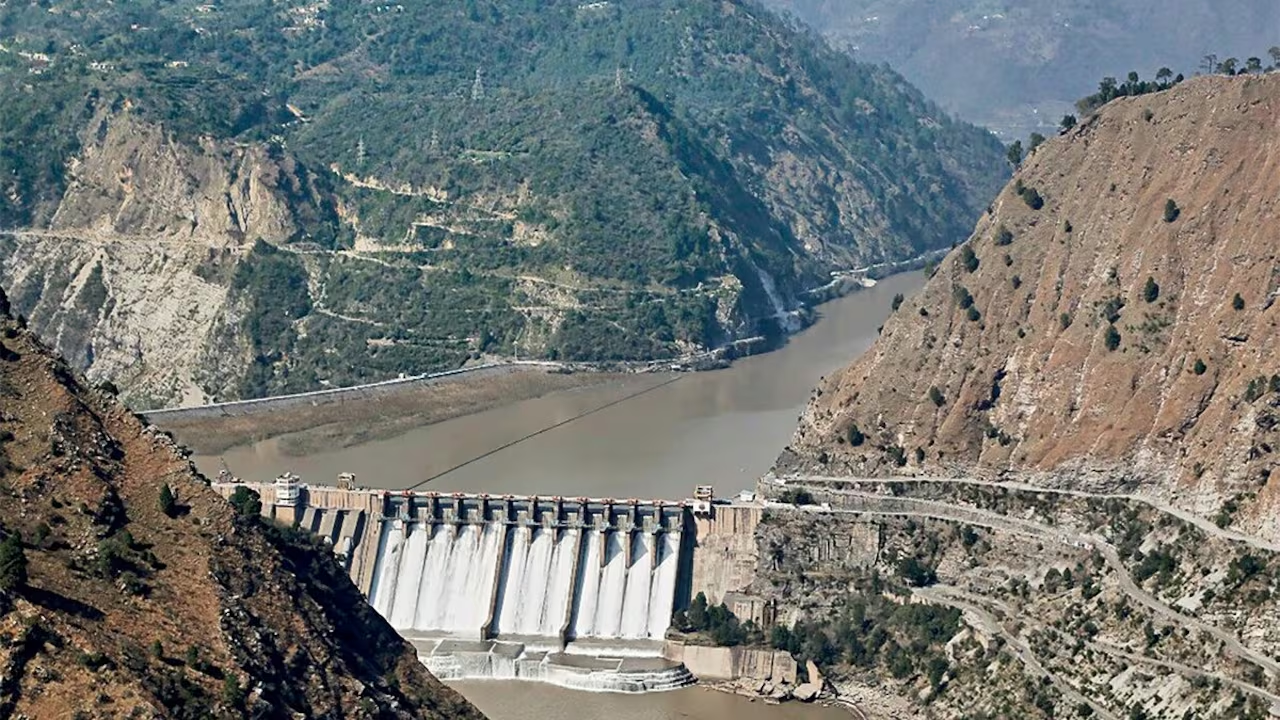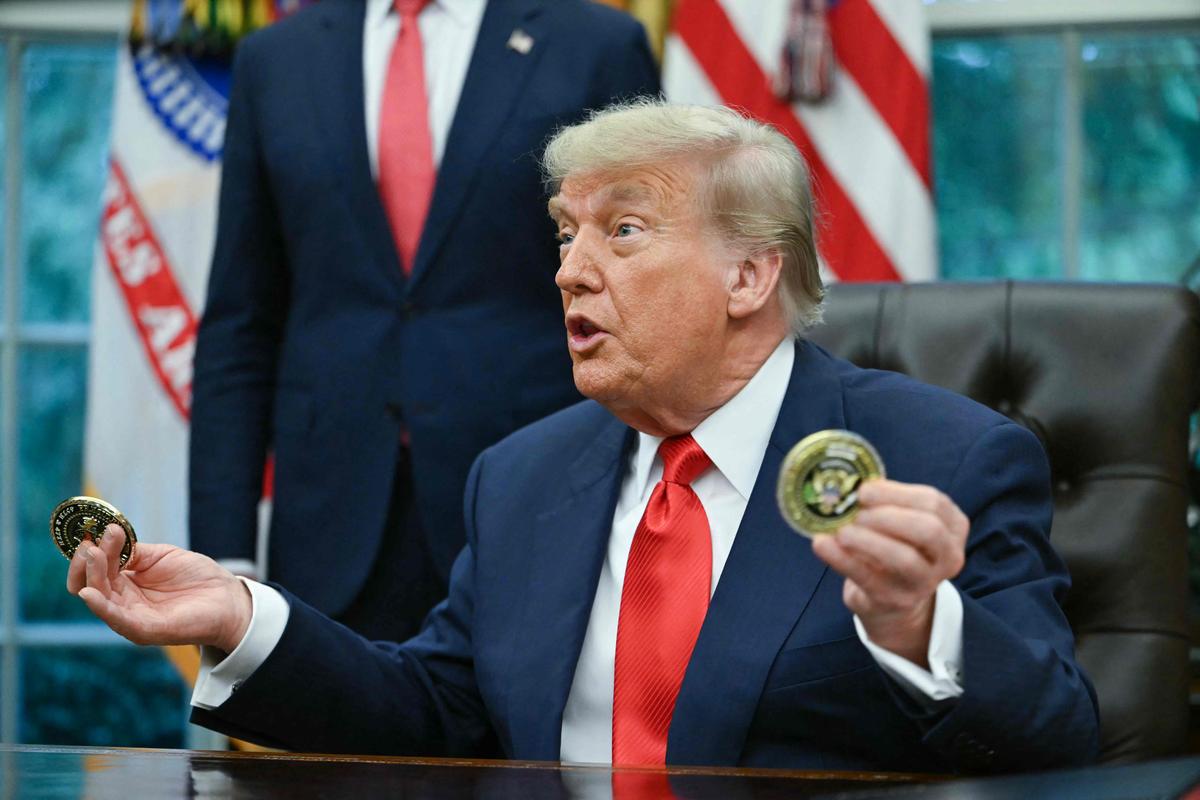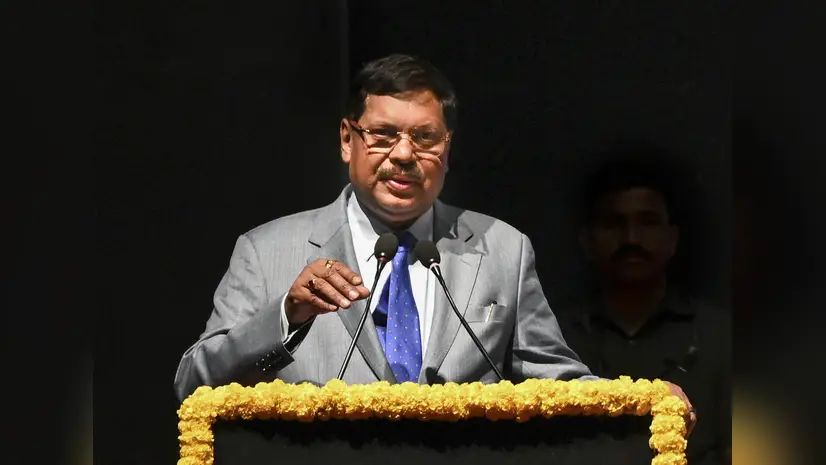- Courses
- GS Full Course 1 Year
- GS Full Course 2 Year
- GS Full Course 3 Year
- GS Full Course Till Selection
- Answer Alpha: Mains 2025 Mentorship
- MEP (Mains Enrichment Programme) Data, Facts
- Essay Target – 150+ Marks
- Online Program
- GS Recorded Course
- Polity
- Geography
- Economy
- Ancient, Medieval and Art & Culture AMAC
- Modern India, Post Independence & World History
- Environment
- Governance
- Science & Technology
- International Relations and Internal Security
- Disaster Management
- Ethics
- NCERT Current Affairs
- Indian Society and Social Issue
- NCERT- Science and Technology
- NCERT - Geography
- NCERT - Ancient History
- NCERT- World History
- NCERT Modern History
- CSAT
- 5 LAYERED ARJUNA Mentorship
- Public Administration Optional
- ABOUT US
- OUR TOPPERS
- TEST SERIES
- FREE STUDY MATERIAL
- VIDEOS
- CONTACT US
Allegations of Child Labor Raised in Trade Negotiations with Australia
Allegations of Child Labor Raised in Trade Negotiations with Australia
05-06-2024
In recent developments, the Australian Joint Standing Committee on Trade and Investment Growth released a report raising concerns about child and forced labor in India.
- This report emerged amid ongoing negotiations between India and Australia for the Comprehensive Economic Cooperation Agreement (CECA), which aims to expand the existing Economic Cooperation and Trade Agreement (ECTA) signed in 2022.
Allegations Made by the Australian Panel:
- The Australian committee's report highlighted concerns about child and forced labor in India based on claims made by the Community and Public Sector Union (CPSU) and the State Public Services Federation (SPSF Group).
- The report recommended that the Australian Government incorporate human rights, labor, and environmental chapters into its trade agreements, aligning with United Nations and International Labor Organisation conventions and declarations signed by Australia.
Facts Supporting Australia's Claim:
- According to the 2023 Global Slavery Index estimates by Walk Free, India had the highest number of people living in modern slavery on any given day in 2021, with an estimated 11 million individuals.
- Census data indicates that there were approximately 259.6 million children in India aged 5-14 years, with an estimated 10.1 million (3.9% of the total child population) engaged in work either as 'main workers' or 'marginal workers'.
India's Response to the Allegations:
- The Indian government firmly denies the allegations of child labour, asserting that existing rules and regulations strictly prohibit child labor and bonded labor.
- Constitutional Protection: India's Constitution safeguards labor rights and empowers both the central and state governments to enact laws such as the Bonded Labor System (Abolition) Act, 1976, which is designed to protect workers' rights, including the right to form unions and address issues of harassment.
- Licensing and Compliance: All business entities in India are licensed by local governing bodies and must comply with labor welfare laws established by the union and state governments.
- Comprehensive Records: Processing units are required to maintain comprehensive records related to processing, quality control, employee training, and compliance with applicable regulations.
Legal Provisions Addressing Child Labor and Forced Labor in India:
-
Constitutional Rights:
- Article 23: Prohibits trafficking in human beings and forced labor, providing protection against exploitation and degrading work conditions.
- Article 24: Prohibits the employment of children under 14 in factories, mines, or hazardous occupations to safeguard their health, development, and access to education.
- Article 39: Outlines principles that the State should follow, including equal rights to livelihood, equal pay for equal work, and opportunities for children to develop in a dignified and healthy manner.
-
Legislations Against Child Labor:
-
Child Labour (Prohibition & Regulation) Act, 1986 (amended in 2016): Bans employing children under 14 in all work, with certain exceptions for family businesses, entertainment industry, and adolescent work in non-hazardous occupations.
-
Factories Act, 1948: Prohibits the employment of children under 14 in factories.
-
Mines Act, 1952: Prohibits the employment of children under 18 in mines.
-
Juvenile Justice (Care and Protection of Children) Act, 2015: Includes working children under the category of "in need of care and protection."
-
National Policy on Child Labour (1987): Focuses on the rehabilitation of children already engaged in work.
-
The Right of Children to Free and Compulsory Education (RTE) Act, 2009: Ensures free education and indirectly prevents child labor by keeping children in school.
-
-
Legislations Against Forced Labor:
- Bonded Labour System (Abolition) Act, 1976: Criminalizes bonded labor (debt traps).
- Central Sector Scheme for Rehabilitation of Bonded Labourer, 2021: Provides financial assistance for the rehabilitation of freed bonded laborers.
Who are bonded labour and what are the related provision ?
-
Bonded Labor:
- Defined by the National Human Rights Commission of India, bonded labor is a severe form of modern slavery, also known as debt bondage.
- It involves workers being forced to work for extended periods with little pay, often as a way to settle debts.
-
Supreme Court Ruling:
- In 1983, the Supreme Court ruled in the People's Union for Democratic Rights (PUDR) vs. Union of India case that the right against forced labor includes the right to a minimum wage.
- The Court recognized that migrant and contract laborers often had no choice but to accept work for less than the minimum wage, deeming this economic compulsion a form of forced labor.
-
Constitutional Guarantee:
- The Court emphasized the need for a constitutional guarantee of the minimum wage to address the issue of forced labor.
- This guarantee ensures that workers are protected from exploitation and receive fair compensation for their work.



